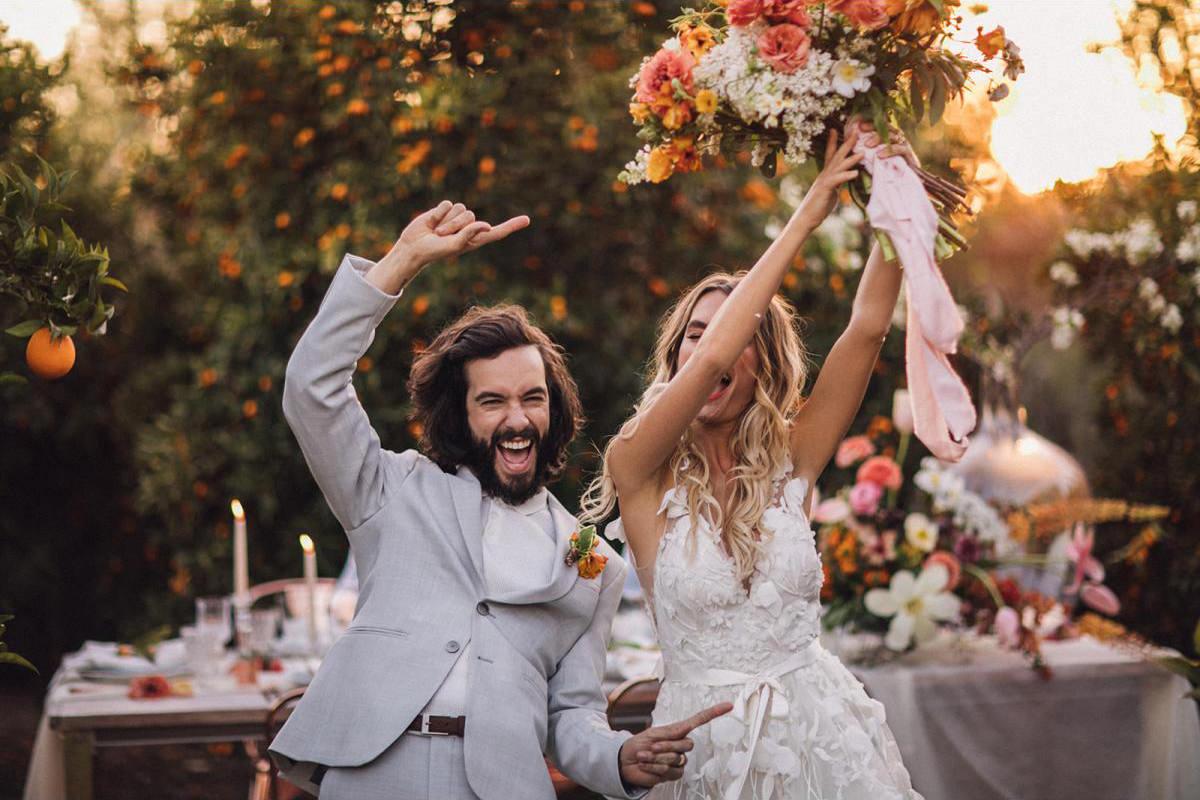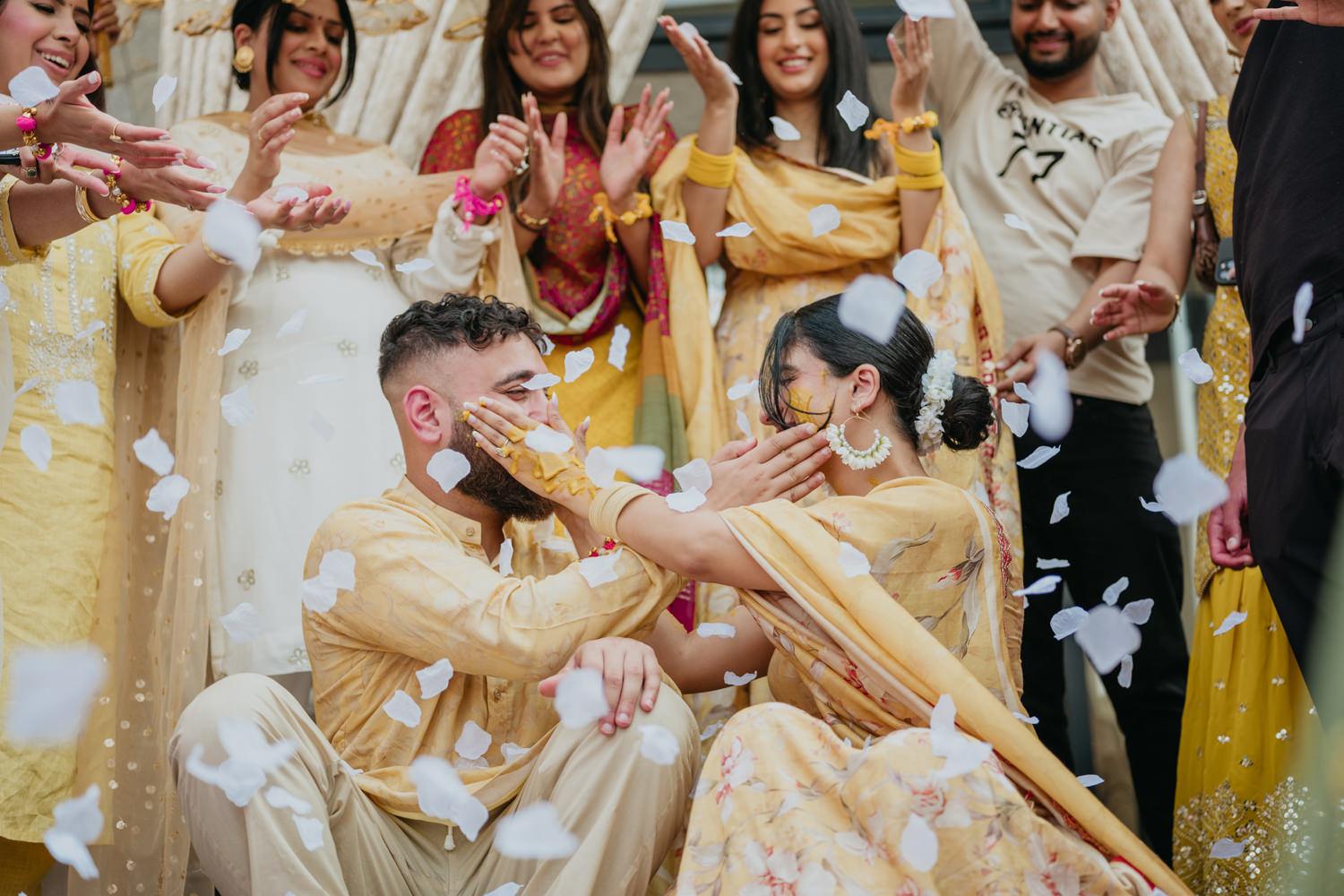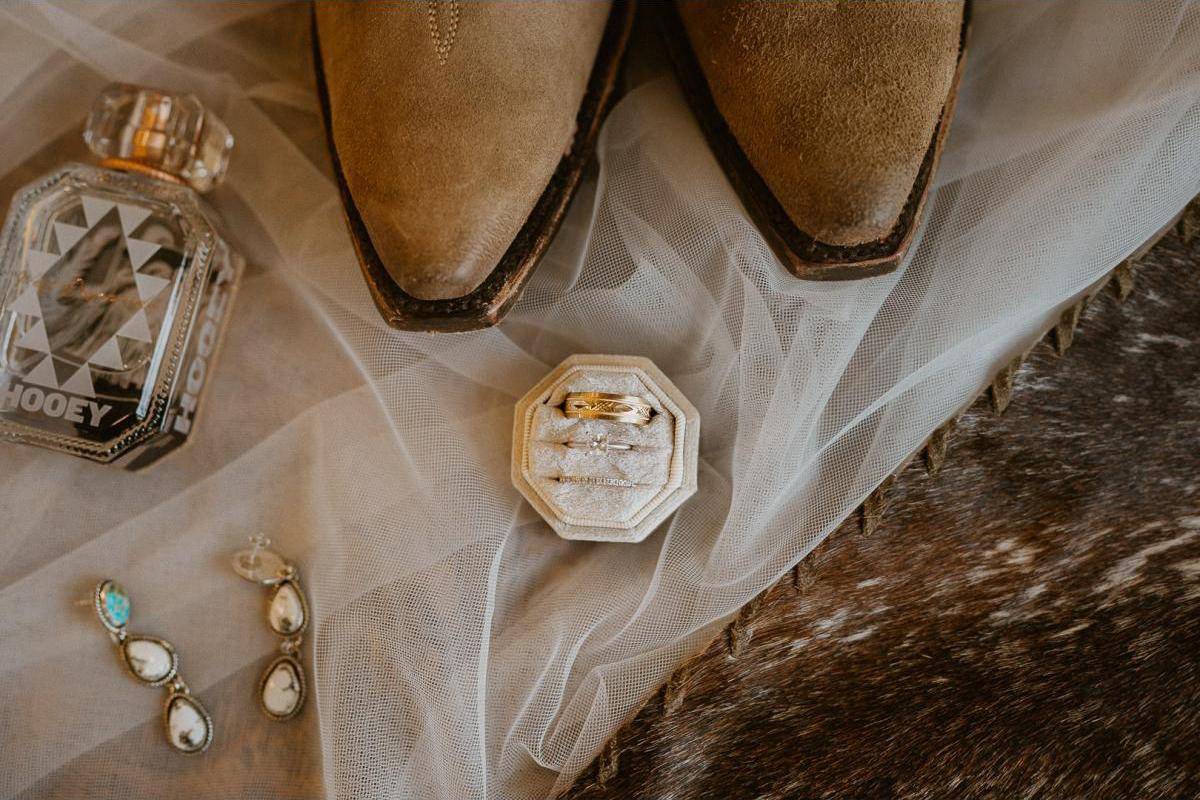From stealing shoes to crying on command, history proves one thing: weddings have always been a little weird.
Weddings may be a celebration of love, but they’ve also given rise to some truly bizarre customs across time and culture. Rooted in superstition, social control, or just plain spectacle, these traditions might make tossing a bouquet look downright tame.
Here’s a look at some of the strangest wedding rituals from around the world—and how they reflect the human desire to protect, prove, and prepare for marriage.

Crying Rehearsals (China)
In parts of Sichuan Province, brides traditionally begin crying a full month before the wedding.
- The bride begins crying alone, but her mother joins in after ten days, followed by other women in the family.
- It’s not grief—it’s a ritual of joy and gratitude, performed with layers of poetic meaning.
- The belief: the more emotionally expressive the tears, the happier the future marriage.
In modern versions, the crying is often symbolic—but it remains a cherished sign of family unity and emotional depth.
Shoe Stealing (India)
In North Indian Hindu weddings, the groom removes his shoes before entering the mandap (ceremony space). That’s when the bride’s female relatives spring into action.
- Their mission: steal the shoes and demand payment for their return.
- The groom’s friends try to protect them, creating a lighthearted showdown.
- It’s a playful battle of wits and symbolic merging of two families.
This centuries-old tradition adds levity—and negotiation—to the day.

Kissing the Bride… and the Guests (Sweden)
In Sweden, if the groom leaves the room during the reception—even to use the washroom—all the male guests are invited to kiss the bride. The same rule applies in reverse.
- It’s a quirky, humorous tradition meant to celebrate the couple’s popularity and loosen up the reception.
- While often ceremonial (think air kisses or quick pecks), it highlights egalitarian social norms and a cheeky sense of fun.
No surprise: this one tends to create some unforgettable photo moments.
Blackening the Bride (Scotland)
In parts of rural Scotland, friends and family “blacken” the bride (and sometimes the groom) with a messy mixture of soot, flour, feathers, or food scraps.
- The goal? Public humiliation as a rite of passage—to prepare the couple for married life’s inevitable challenges.
- The bride is paraded around town to much laughter and cheering.
- It’s thought to bring luck and resilience.
Today, the ritual is usually toned down—but still practiced in some communities as a folkloric tradition.
Marrying a Tree (India)
In some regions of India, people born under specific astrological conditions (like the Manglik dosha) are said to bring misfortune to their spouse.
- To counter this, they may “marry” a tree (often a peepal or banana tree) before their actual human wedding.
- The tree is then ritually “cut down,” symbolically nullifying the bad omen.
- It’s a mix of astrology, symbolism, and spiritual cleansing.
It’s rare today but still known in some traditional circles—and it shows how seriously ancient societies took celestial compatibility.

Fattening Huts (Mauritania)
In rural Mauritania, thin brides were once considered unlucky. As a result, girls were sent to “fattening huts” to gain weight before marriage.
- Meals of milk and couscous were served several times a day.
- Obesity was seen as a sign of wealth, fertility, and readiness for marriage.
- Though the practice has largely declined, it reveals how beauty standards shape wedding rituals.
It also opens up conversations about body image and shifting ideals across cultures.
Modern Canadian Reactions: Laugh, Reinterpret, or Reclaim
In Canada today, many of these traditions are viewed with:
- Fascination—as cultural artifacts worth learning from
- Humour—shared in wedding speeches or Reels
- Reclamation—some traditions are softened, modernized, or reintroduced by couples celebrating their heritage
They may be weird, but they’re windows into what humans have always cared about: love, luck, laughter, and legacy.
Photographers and the “Weird” Moments
Unusual rituals often make for the best photos:
- Laughter, surprise, confusion—it’s all authentic emotion
- Capturing the intersection of tradition and modernity
- Showcasing a couple’s cultural pride, humour, or bold choices
A great photographer knows how to document without judgment—and celebrate what makes each wedding unique.

Related Reading in the History of Weddings Series:
- The History of Wedding Superstitions and Rituals
- The History of Wedding Traditions Around the World
- The History of the Wedding Ceremony
- Why Wedding Traditions Matter
Continue Planning Your Wedding
Ready to dive into the details? How to Find the Perfect Wedding Photographer: The Ultimate Guide to Making the Right Choice